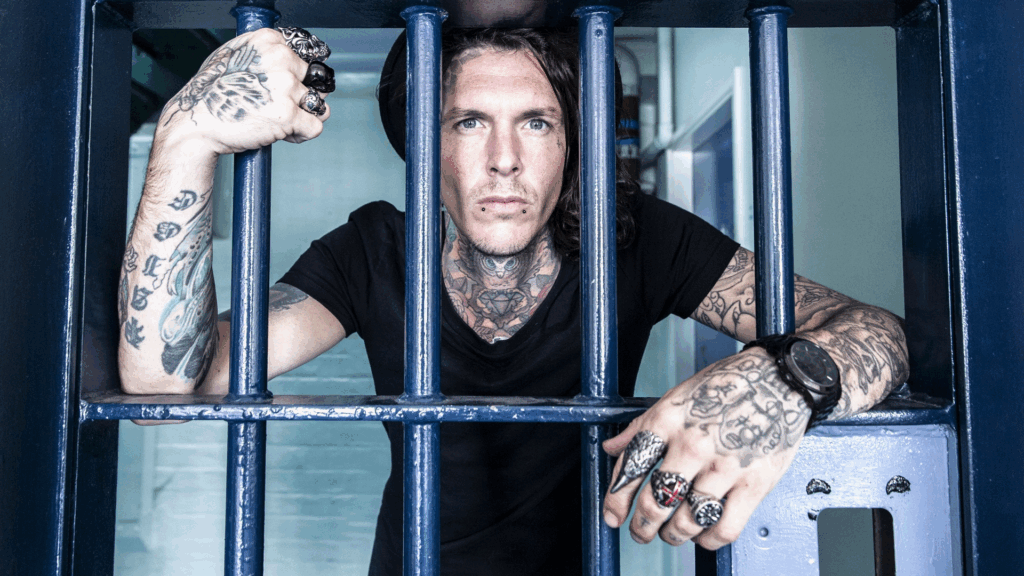Tattoos often spark conversation, curious glances, intrusive questions, and endless assumptions. But for some, the decision to get inked happens in complete silence. No explanations, no dramatic declarations—just a quiet moment of permanence. Behind the buzz of tattoo machines and the growing cultural acceptance lies a deeper truth: not all tattoos are meant to be understood by others. Some speak only to the person wearing them.
1. The Tattoo of Grief

Some people lose their words when they lose someone. A name, a date, a simple wave or cross—these tattoos are private eulogies. They appear in silence, not to announce pain but to hold onto it. As one psychologist put it, tattoos silently say something about life’s unknowns. The ink becomes a way to process what can’t be spoken out loud.
2. Black Patches and the Past

A blackout tattoo often covers something older, something regretted, or something remembered too well. It’s a visual reset, a personal erasure without words. For some, it’s not about hiding the past but reclaiming the body. In Argentina and beyond, more people are choosing full blackout designs in silence, preferring the stillness of ink over the chaos of what once was.
3. Tattoos Between Lovers

Couples sometimes ink their skin instead of wearing rings. A tribal symbol, a wave, a line of text. It feels permanent, romantic—until it isn’t. After a breakup or divorce, these marks become quiet contradictions. As one man said of his matching tattoo, “It was my idea, not hers.” Love ends, but ink remains. The silence is heavier after.
4. Teenage Acts of Defiance

Teenagers don’t always ask permission. They tattoo football crests, initials, abstract art—whatever feels real in the moment. For some, it’s rebellion. For others, it’s simply identity. Many don’t tell their parents. Some get tattooed in unsupervised places. The silence here isn’t deep—it’s defensive. A way to act first, speak later, and carve something of their own.
5. Prison Ink

Tattooing in prison is illegal in many places, but that hasn’t stopped it from thriving. These tattoos rarely come with a story told aloud. They represent fear, loyalty, boredom, or survival. Done with makeshift tools and risky methods, they are symbols of identity formed behind walls. Silence isn’t a choice here—it’s a condition of the environment.
6. The “Just Because” Tattoo

Not every tattoo has a tragic story or a deep metaphor. Some are purely aesthetic—colors, patterns, lines that feel good to wear. Yet people still ask, “What does it mean?” These tattoos, too, are chosen in silence. Not everything needs a spoken reason. For many, beauty alone is a form of meaning, and that’s enough.
7. The Self-Made Body

In a world where everything feels owned or rented, the body remains our only private property. Some people tattoo to reclaim that. They write themselves in ink, transforming skin into story. As one expert noted, “The idea is to make your own body.” These tattoos are quiet declarations: of freedom, of identity, of being the author of your surface.
